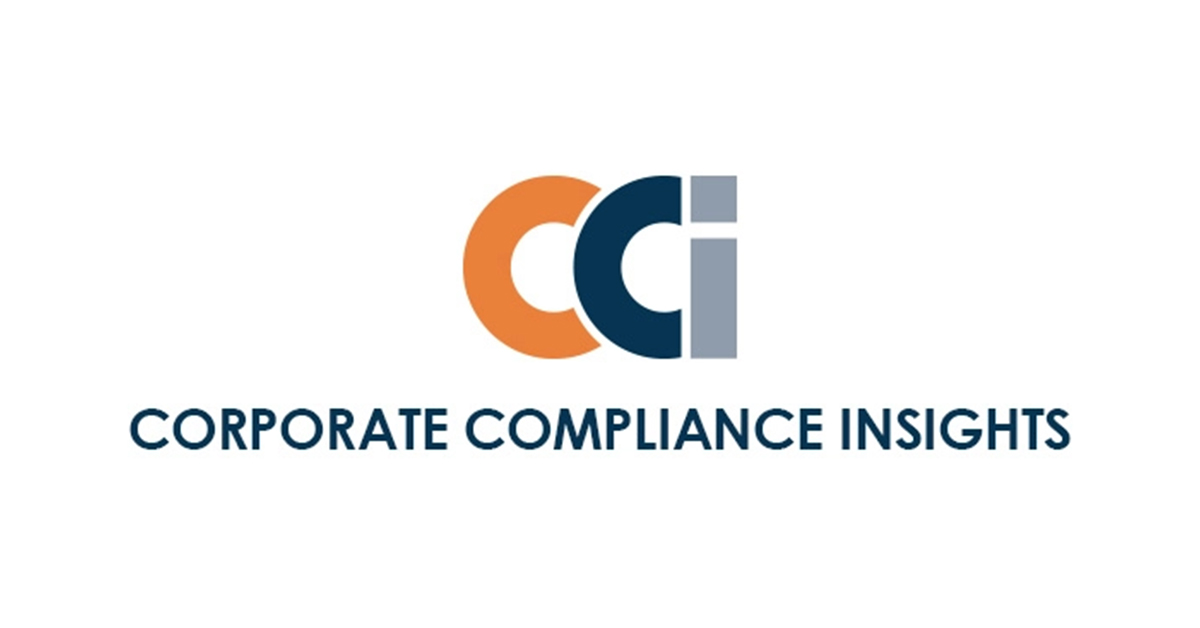© Marie-Lan Nguyen / Wikimedia Commons, via Wikimedia Commons
The recent Intuit 2020 Report: Twenty Trends that will Shape the Next Decade highlighted an incredible, emerging workplace trend:
“In the U.S. alone, contingent workers will exceed 40 percent of the workforce by 2020.”
By contingent workers, the Report is referring to freelancers, temps, part-time workers, contractors and other specialists who do not have full-time employment status and are hired for limited engagements. They are sometimes nicknamed the Pajama Workforce, because often these employees are working remotely from home.
It’s a mind boggling statistic that will impact virtually every aspect of employee relations. HR Acuity® is in the business of helping organizations mitigate employee relations risk. So, what happens when employees are no longer working in the office, are contingent or their contracts are short-lived? Employee-related event risk presents a whole new set of challenges. If the Intuit projection is correct, employees will continue to take advantage of the mobility that technology affords in pursuit of work life balance, and employers will accommodate them while benefiting from the cost-savings of more contingent workers.
As the workplace evolves, here are 3 hurdles ahead for employee relations risk management:

Marjory Collins [Public domain], via Wikimedia Commons
Preventing Employee Abuse of Company Information
A mobile workforce requires portable company files, data storage and access to information in the Cloud. According to a report by Deloitte, Race to the Cloud, 44% of human resource (HR) executives report their companies have either completed or plan to implement integrated, cloud-based systems in the next two years. Contrast the power and mobility afforded by technology with more traditional employee roles such as a bookkeeper, for example, that once sat in an office, entered receipts and reconciled the accounts. Modern bookkeepers are probably on QuickBooks Online, swing by the office to pick up a stack of receipts to enter and send Income Statements and Balance Sheets by email.
With important company information such as financials no longer limited to technology platforms within the office, it is more important than ever to ensure that any freelancers accessing company data sign independent contractor agreements with confidentiality provisions. Part-time workers must similarly be required to sign nondisclosure documentation and follow company protocol, similar to full-time employees. There must be a designated policy specifying when and how access to confidential company information terminates, and any breach or misuse of company data must be promptly investigated and documented as it would be for full-time employees.
Managing Employee Communications
Computers that sit in an employer’s office are company property, and communication sent through those computers can legally be monitored by the employer provided that employees are notified of the monitoring policy. But, often freelancers or independent contractors have their own laptops or desktops, an email address specific to their own company, and are not bound by a client’s email monitoring policy.
It’s a stance employers should reconsider. Within certain parameters, employers do have the right to monitor employee emails. In City of Ontario California v. Quon, the U.S. Supreme Court sided with an employer that read private employee communications while the employee was in the line of duty. The employer was trying to analyze data usage overages, and therefore, was deemed to have a legitimate business intent in looking at the private communications. Inadvertently, the employer discovered employee misconduct in the form of explicit texts that were not work related.
To manage employee communications with off-site independent contractors or remote employees, companies should:
- Establish clear communication guidelines and expectations upfront
- Insist that work-related communications from contingent employees are sent to employees at their company emails, not personal emails
- Have an email monitoring policy in place that encompasses communications for all employees, including part-time, as well as independent contractors
- Insist upon a signed acknowledgement from contingent workers agreeing to the company communication guidelines
- Investigate and document all employee misconduct that breaches company communication guidelines inclusive of behavior by contingent employees

Discovering Employee Misconduct
One of the hurdles of managing remote employees or independent contractors is figuring out whether they are actually working the amount of hours they are billing or even whether they are working at all. If a freelancer bills for 5 hours and notes certain times, suppose (s)he actually began that work half an hour late? Contrast that predicament to the simplicity of assessing persistent tardiness or absenteeism in a more traditional office, which may even have a timeclock. As explained in Labor Laws on Lateness, an employer can terminate an employee for consistent lateness or absences which are both forms of misconduct, but how would an employer identify these types of behaviors when a telecommuting employee or freelancer is not physically in the office?
With a mobile workforce, one of the big shifts that employers will have to make is the way they think about many aspects of employee relations including employee performance and misconduct. Employees that are not doing scheduled office hours will be judged more by their outputs as opposed to the nuances of their on the job performance. Misconduct such as tardiness and absenteeism, for example, will become less relevant for some subsets of employees; while other forms of misconduct, such as unethical billing, will become more pertinent.
As the workforce evolves, so too will employee relations. There is no doubt that there are hurdles ahead for employee relations risk management. While employee misconduct will not go away, it may change form, and it will be more important than ever for companies to have the technology to assist with best practice employee investigations and documentation. Contact HR Acuity® for a demonstration of our award-winning software solution, HR Acuity On-Demand, an employee relations risk management system that will take your company to 2020 and beyond.




